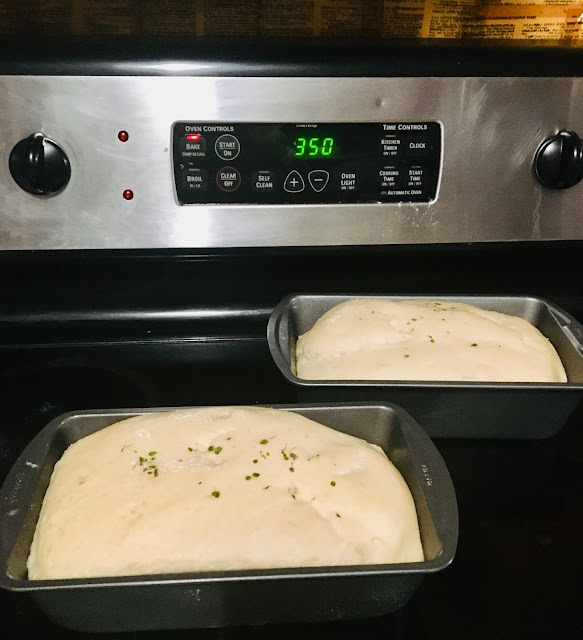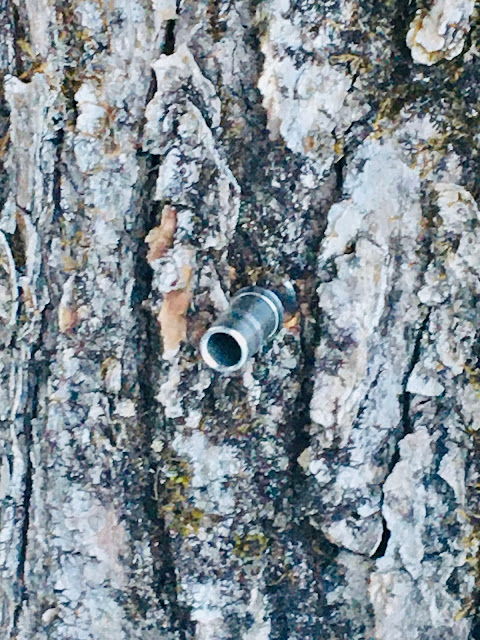Making Sea Glass
Little Lakeview Conservatory LLC made its first Sea Glass this year, June 2020. Here is how we made our Sea Glass out of recycled glass bottles:
Little Lakeview Conservatory LLC started making its Sea Glass for use with our hydroponics and aquaponics, as a growing media. Our location has currently been under construction and I have been using this time to try different methods for plant projects.

I had thrown some turtle vine cuttings into the sea glass bucket while tending the plants and forgotten them. They all rooted.
What Little Lakeview Conservatory LLC used to make Sea Glass:
- Glass bottles, jars or other glass items
- Sand
- Salt
- Safety Glasses and Gloves
- A Hammer
- 5 gallon bucket and Colander.
- Water, We used the garden hose.
- A Rock Tumbler, but in this case a Cement mixer for large batches.
- To start we collected all the items and prepped in proper safety gear to protect against sharp glass. Also the cement mixer was locked in the Garage to protect children and animals from getting hurt during the process, as well as being supervised.
- After collecting glass bottles, jars and misc. broken glass items, the collected glass was smashed with a hammer into small pieces.
- Those pieces of broken glass, roughly a 1/2 full 5 gallon bucket for a batch, were placed into the cement mixer.
- About a gallon of sand, we grabbed sand from our property, was added to the cement mixer mix.
- About 4 cups of salt, regular table salt, was added to the cement mixer mix.
- Then water was sprayed into the mix with the hose to make a slushy mix.
- Turned on the cement mixer and let it run in the locked garage, supervised, for a few hours during the day while tending the gardens and doing everyday tasks.
- Afterwards the mixed mix was poured into the 5 gallon bucket again and with the hose water and the colander the new formed seaglass was cleaned of sand and salt.
All DIY projects shown on LittleLakeviewConservatory.com are purely “at your own risk”. As with any DIY project, unfamiliarity with the tools and process can be dangerous. Posts should be construed as theoretical advice only.
If you are at all uncomfortable or inexperienced working on these projects (especially but not limited to electronics and mechanical), please reconsider doing the job yourself. It is very possible on any DIY project to damage your cottage, void your property insurance, create a hazardous condition, or harm or even kill yourself or others.
Little Lakeview Conservatory LLC will not be held responsible for any injury due to any featured DIY project.
Please feel free to contact us at LittleLakeviewConservatory@gmail.com be added to our email list or with any questions, requests and comments.
Little Lakeview
Conservatory, LLC * Grow a little!™














































